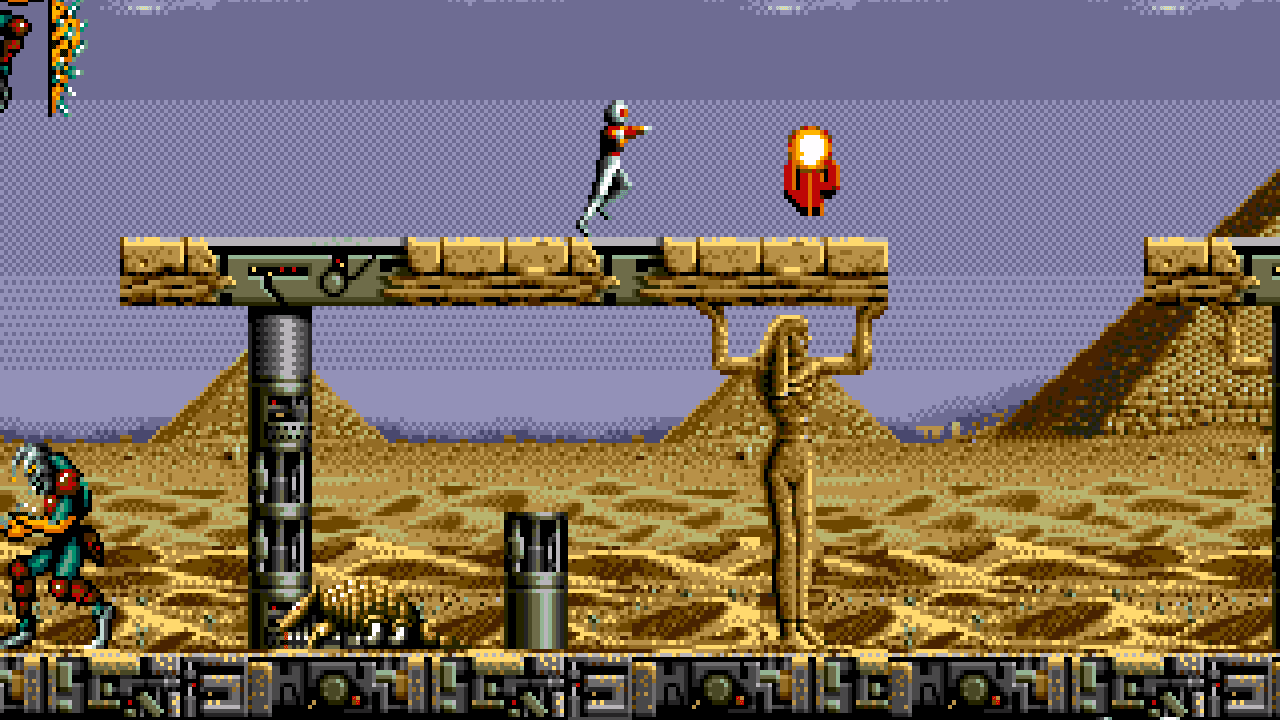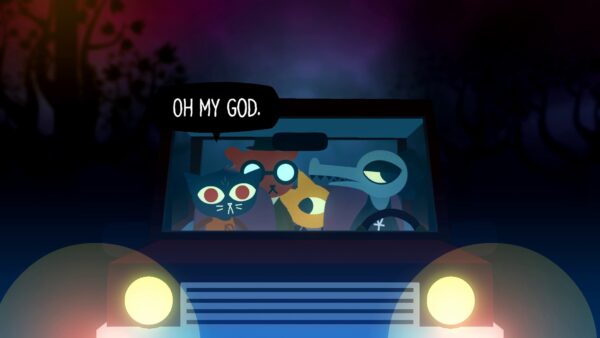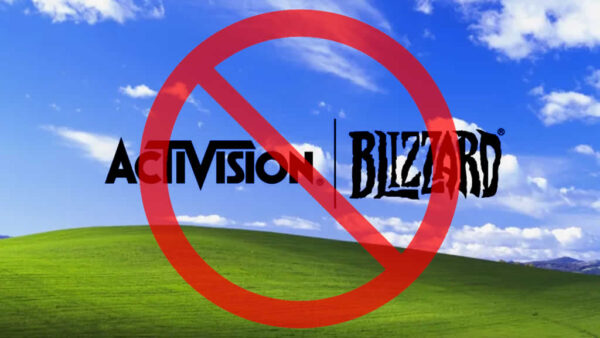
It’s often said that constraints are good for creativity, and I’d argue that it’s Atomic Runner’s constraints on the player that make it such an absorbing action game. It might look like yet another platform-shooter at first glance, but what distances Atomic Runner from the likes of, say, Konami’s Contra (which came out just one year earlier) is that it auto scrolls.
The player can move back and forth across the screen, and make athletic leaps into the air, but the protagonist can’t fight against the game’s fast and inexorable push from left to right.In practice, this makes Atomic Runner as much like a horizontally-scrolling shoot-‘em-up – like Gradius – as a platformer, since the pacing of enemy waves and other obstacles is under the game’s control and not the player’s.
But where Gradius put you in the seat of a ship that could zip freely around the screen, Atomic Runner also pits you against the game’s approximation of gravity: with chasms and deadly objects constantly rolling onto the screen, you’re required to avoid hazards from both the air and the ground, meaning death is seldom more than a pixel or so away.
Couple this with a control system that takes practice to truly get to grips with, and you’d be forgiven for thinking that Atomic Runner’s an exercise in hair-pulling frustration.
Again, though, Data East’s oddball design decisions are what make Atomic Runner so unique. Like learning to ride a unicycle, mastering Atomic Runner’s brand of running and gunning is tricky but curiously rewarding; there’s a satisfying flow to the game once you click into it, and after a while, what once seemed like unfair constraints begin to feel like useful allies.
The protagonist, named Chelnov, can perform huge leaps, and bounce on enemies’ heads to destroy them, like Mario; he can fire in multiple directions, even when spinning through the air.
At the time of its release, Atomic Runner was somewhat controversial for its evocation of the Chernobyl nuclear disaster (its hero gains his abilities during a power station meltdown), but it deserves to be remembered as more than an arcade obscurity with a bad-taste backstory.
The 1992 Sega Mega Drive port, in particular, is stunning, with superior graphics and sound to the original coin-op, and an adjustable difficulty that lets new players ease their way into the action.
Between rounds, the legend ‘Let’s go go’ flashes up on the screen – three words that neatly sum up the game’s relentless pace and manic charm. Auto-scrolling turns what might have been a passable action game into something else entirely: tough, intense, and absolutely irresistible.





